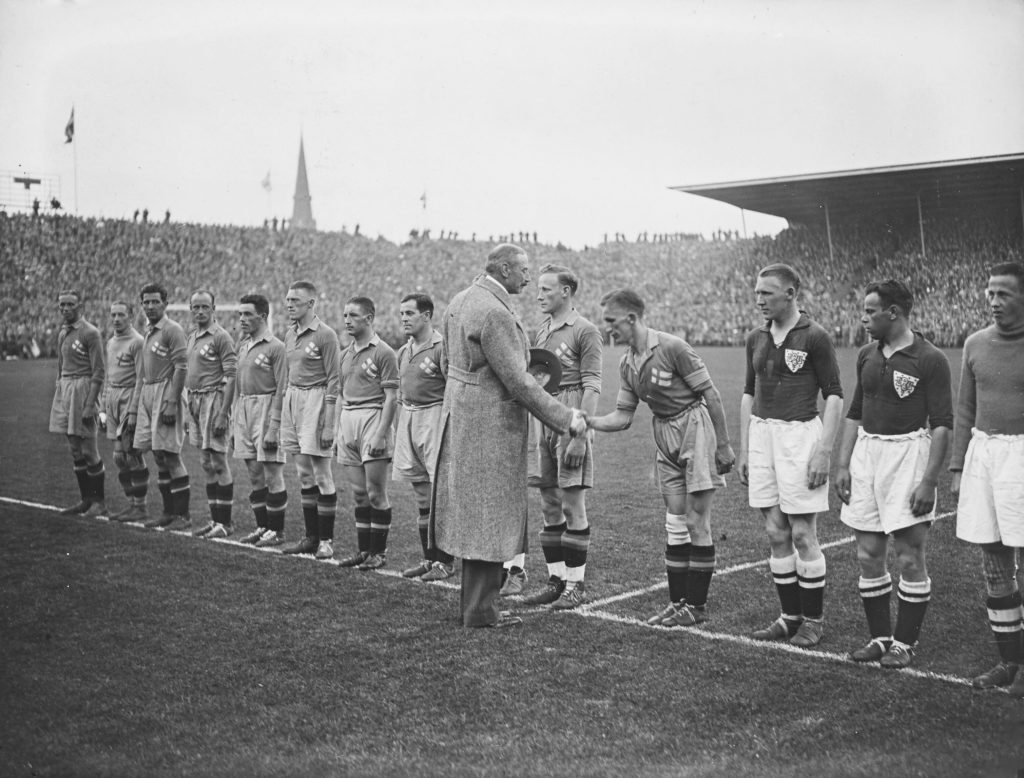
The first known examples of a team game involving a ball, which was made out of a rock, occurred in old Mesoamerican cultures for over 3,000 years ago. It was by the Aztecs called Tchatali, although various versions of the game were spread over large regions. In some ritual occasions, the ball would symbolize the sun and the captain of the losing team would be sacrificed to the gods. A unique feature of the Mesoamerican ball game versions was a bouncing ball made of rubber – no other early culture had access to rubber.
The first known game of balls that also involved kicking took place in China during the 3rd and 2nd centuries BC under the title cuju. It used a round ball (stitched leather with fur or feathers inside) on an area of a square. A version came someday much later to Japan and was referred to as kemari practiced under ceremonial forms. Possibly predating cuju is Marn Gook, played by Aboriginal Australians and according to observations of white immigrants during the 1800s mainly a ball game that involved kicking; the ball was made through encased leaves or roots.Other types of ball games have come to us from Ancient Greece. The ball was made out of strips of leather filled with hair (the first records we get of balls filled with air are from the 7th century). However, ball games were lowly rated and not included in the Panhellenic Games.In Ancient Rome, ball games did not form part of the entertainment at the great arenas (amphitheaters) but originated from exercises in the military game known as Harpastum. It was through Roman culture that delivered football to the British island (Britannica). However, it is not clear to what extent the Britons were influenced by this version and to what extent they had their own versions developed.
